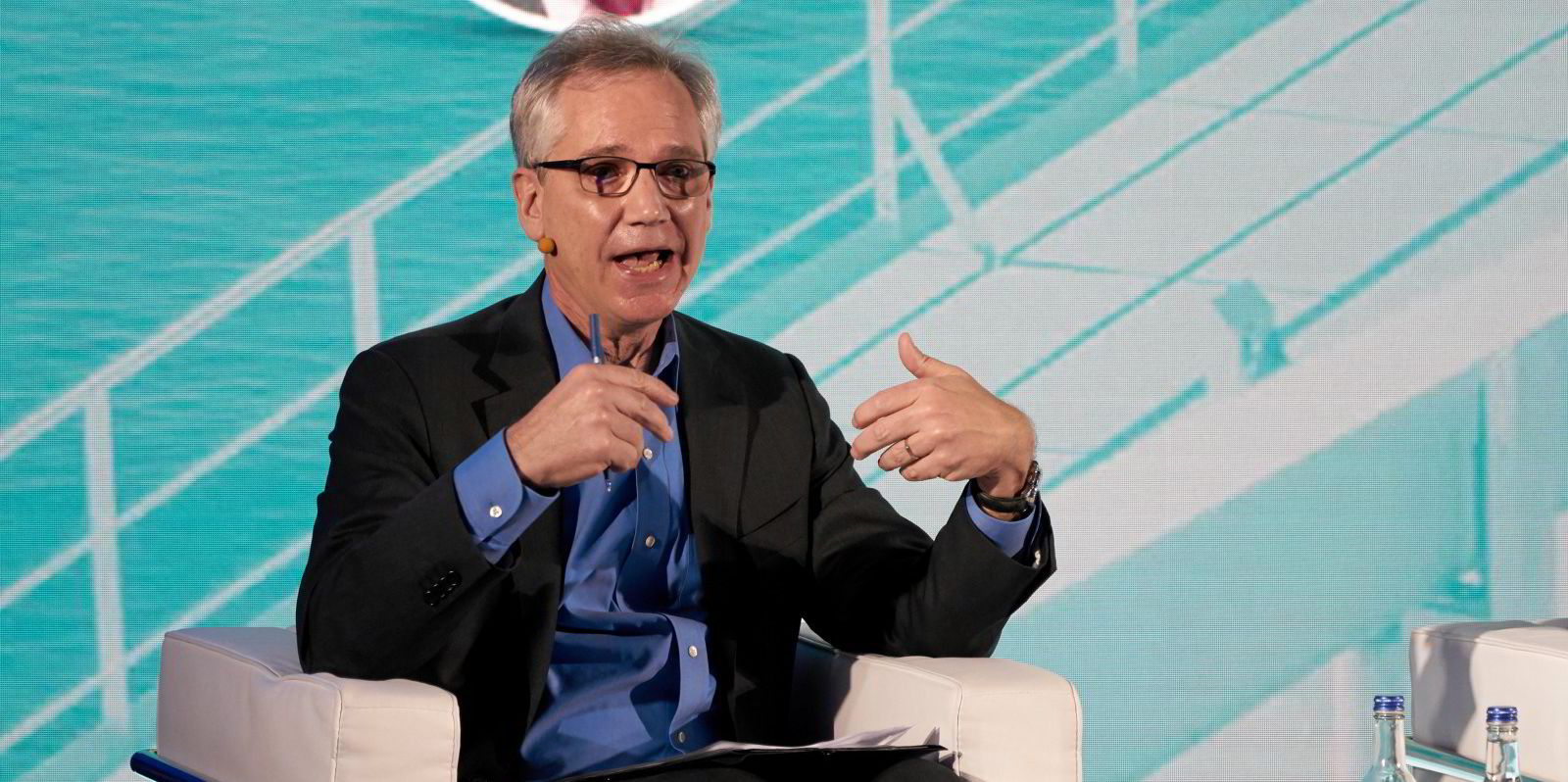In shipping, the near term will not be man versus machine, but man and machine.
Some at the technology end of shipping see automation as a way to deal with what many have described as an impending labour shortage, as seafarers reconsider their career choices following the Covid-19 pandemic and the crew-change crisis.
Others, meanwhile, are pushing for better mental and physical health services for crews as seafarer well-being issues have become impossible to ignore.
But both say shipowners and managers cannot pick one over the other.
Yarden Gross, founder of Orca AI, said: “In these types of situations, automation can fill the gap for a shipowner who doesn’t have enough crew members.
“That said, there’s still going to be crew members on board. They need to have the benefits and everything they need to have to do their jobs as the industry expects.
“The investment should be made from both sides.”
Technological argument
Gross said technology can help automate less complicated processes on ships or, as his company's system does, provide an additional safety net for potentially overworked seafarers.
Tel Aviv-based Orca AI designed its system to use artificial intelligence and machine learning to improve what he called the bridge’s “situational awareness”.
It uses various cameras and sensors, some already on the ship, to detect other vessels and potential obstacles officers could miss.
Gross said navigation was the easiest job to begin automating. From there, other, simple processes on board could be automated too. But he described it as something that could help ships employ fewer seafarers, not something that could plug the gap entirely.
“We need to remember that this is going to be a gradual process,” Gross said.
"[Shipping companies are] not going to have enough people, sufficient people, to operate the vessel to the safety standard they are expecting. I think Covid accelerated that drastically.”
Human element
Alongside systems such as Orca AI, there are full autonomous ship projects going forward, such as the Yara Birkeland and a boxship backed by The Nippon Foundation.
At the same time, Vikand Solutions chief executive Peter Hult said shipping companies are “500%” paying closer attention to seafarer welfare.
Hult’s organisation provides a technology platform for telemedicine alongside medical staff to tend to crew members’ mental and physical health. It primarily operates in the cruise sector at present, but is working on expanding into commercial shipping and fishing.
He said as ships become more complicated, crews will have to be better trained and more knowledgeable and issues such as mental health will only become more important.
“The unit value of each crew member continues to increase, as you start to digitalise the ship and you’re reducing the number of crew,” Hult said.
“How can you physically run a ship without crew? You just can’t.”
If automation is able to lower the number of crew members on board, he said isolation for the remaining crew members would likely increase.
“These guys, they are going to see maybe … the pilot who is going to come on board, unless they assume that’s going to be autonomous as well,” Hult said.
In such a situation, he said the pressure on crew — already ratcheted up recently — would “increase tremendously”.

Crew training
Charles Watkins, a clinical psychologist who founded Mental Health Support Solutions, which works in several capacities with the maritime industry, said the need for mental healthcare among seafarers is crucial — even without autonomous shipping.
In addition to in-person and remote services to ships, the company provides training programmes for both at-sea and shoreside staff.
Watkins said the training gives seafarers and support staff the tools to fight things such as work-related anxiety, depression and burnout. He said the feedback he receives suggests it is working, with trainees putting it into practice.
He said the services are increasingly in demand, especially with younger people heading to sea.
“The younger cadets are really starting to break the pattern of this typical, stigmatised picture of seafarers, that they are just people that don't want to talk about emotions and are closed up,” Watkins said.
“They’re being very strong in my opinion about voicing these issues so that things can change. If people remain silent about these things, nothing’s going to change.”







